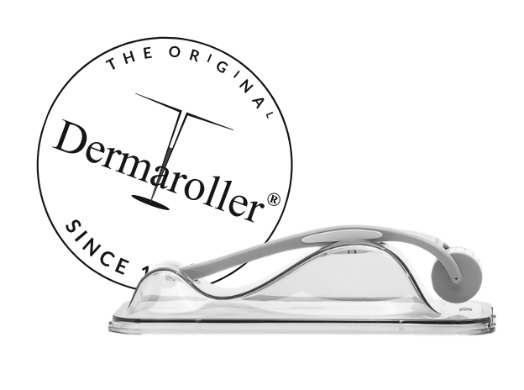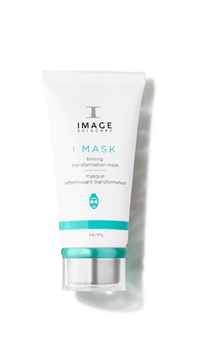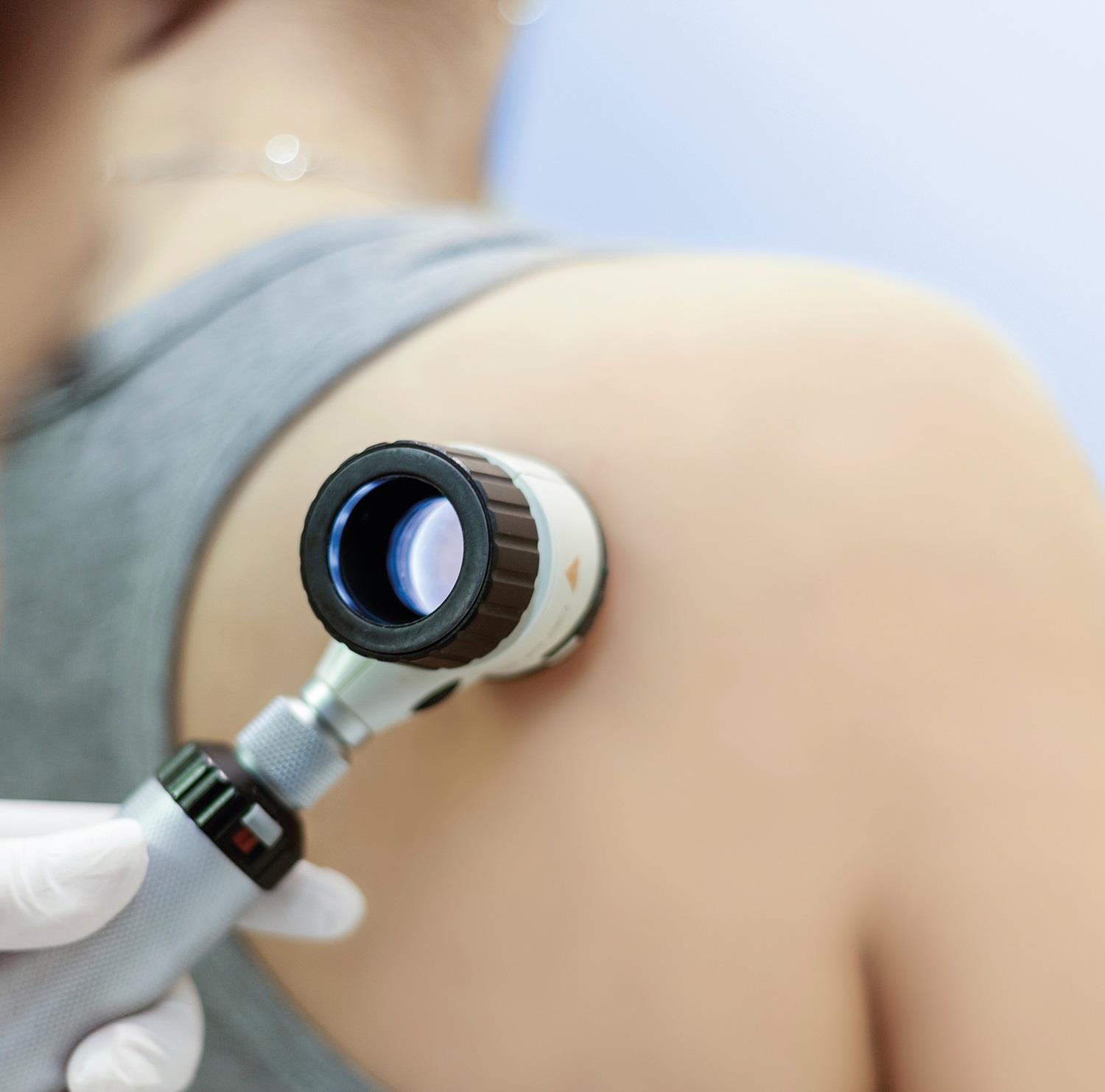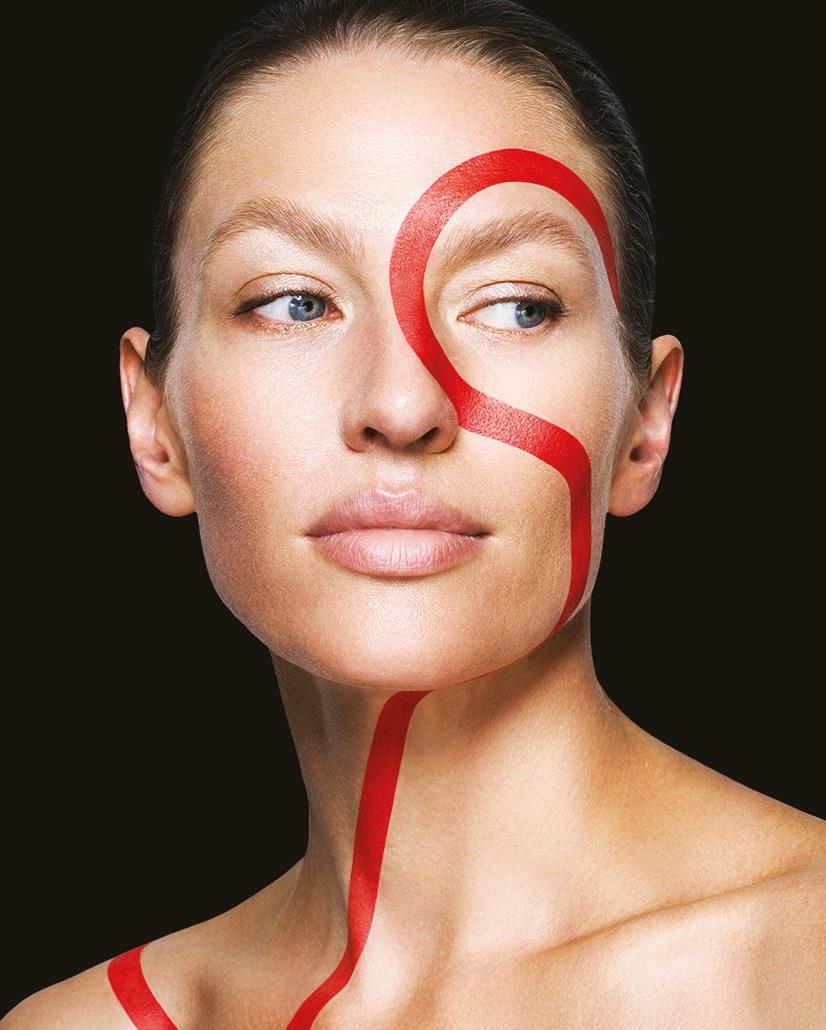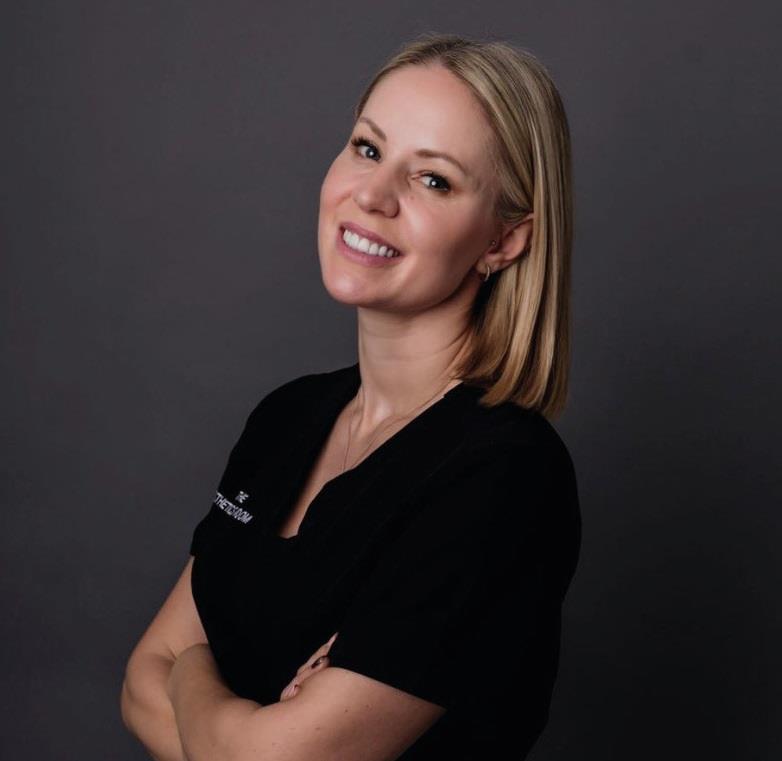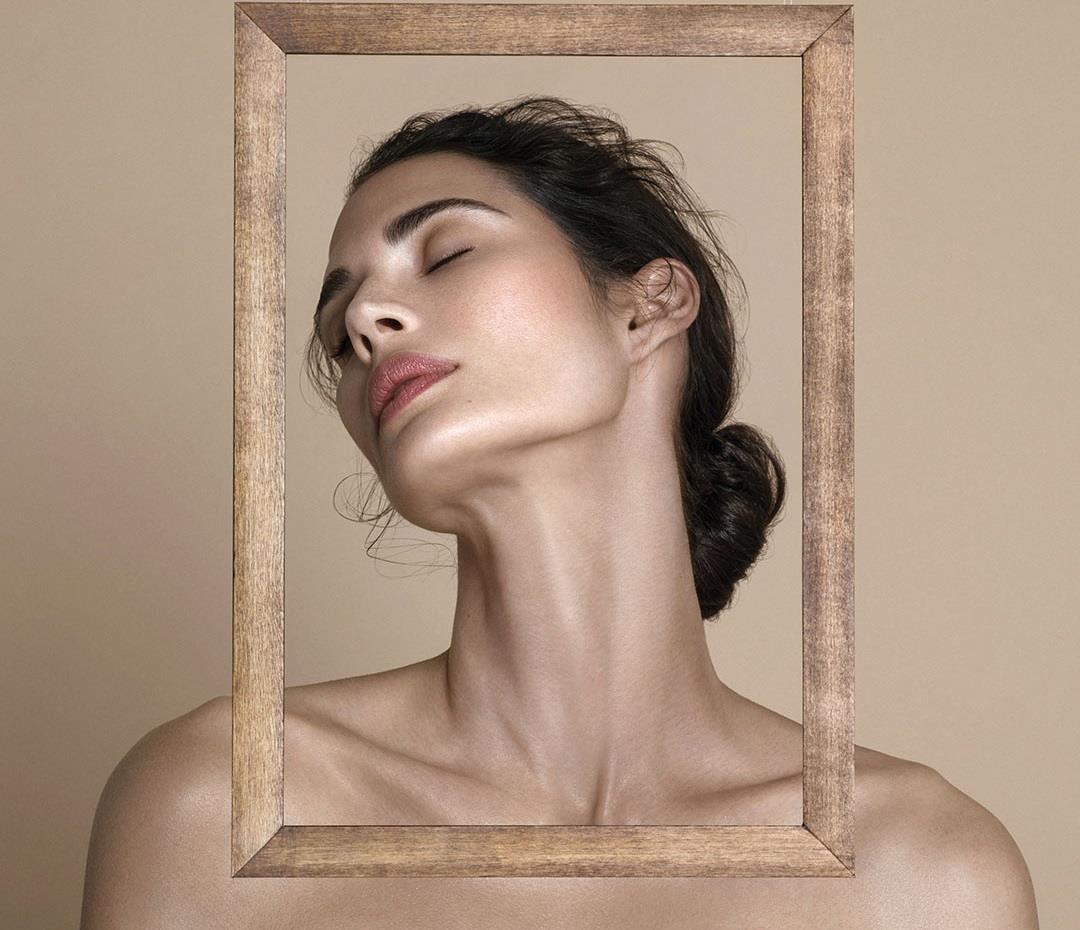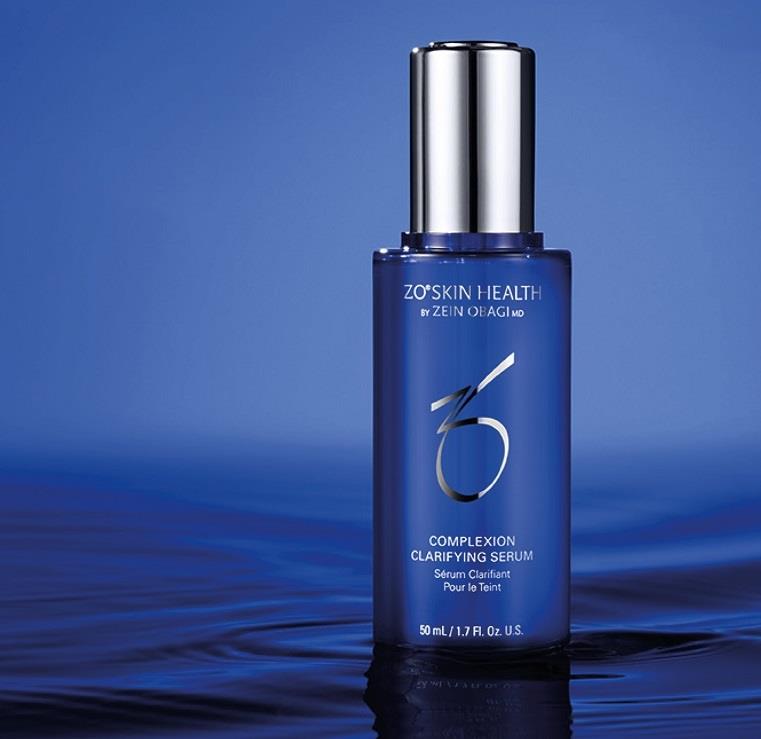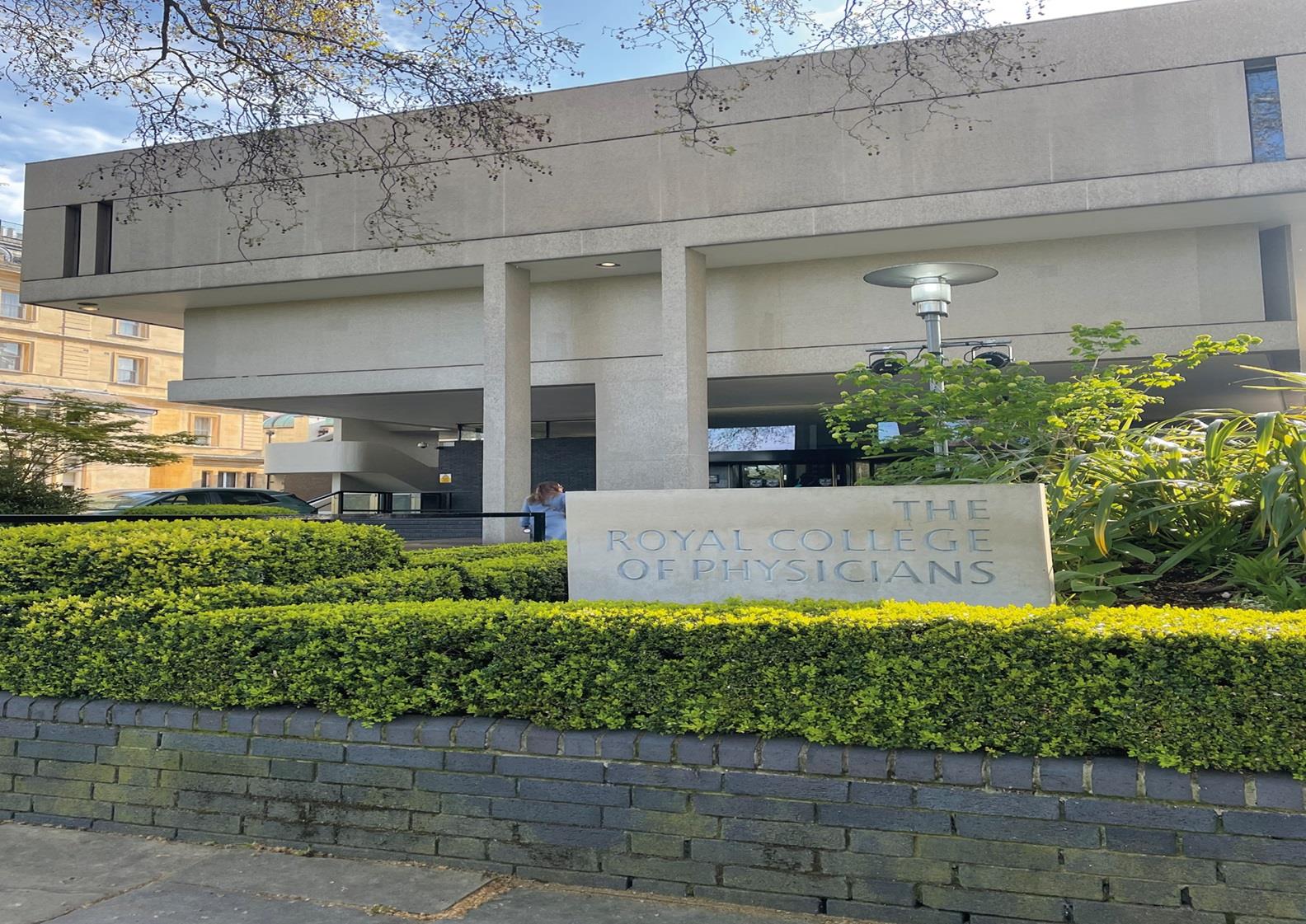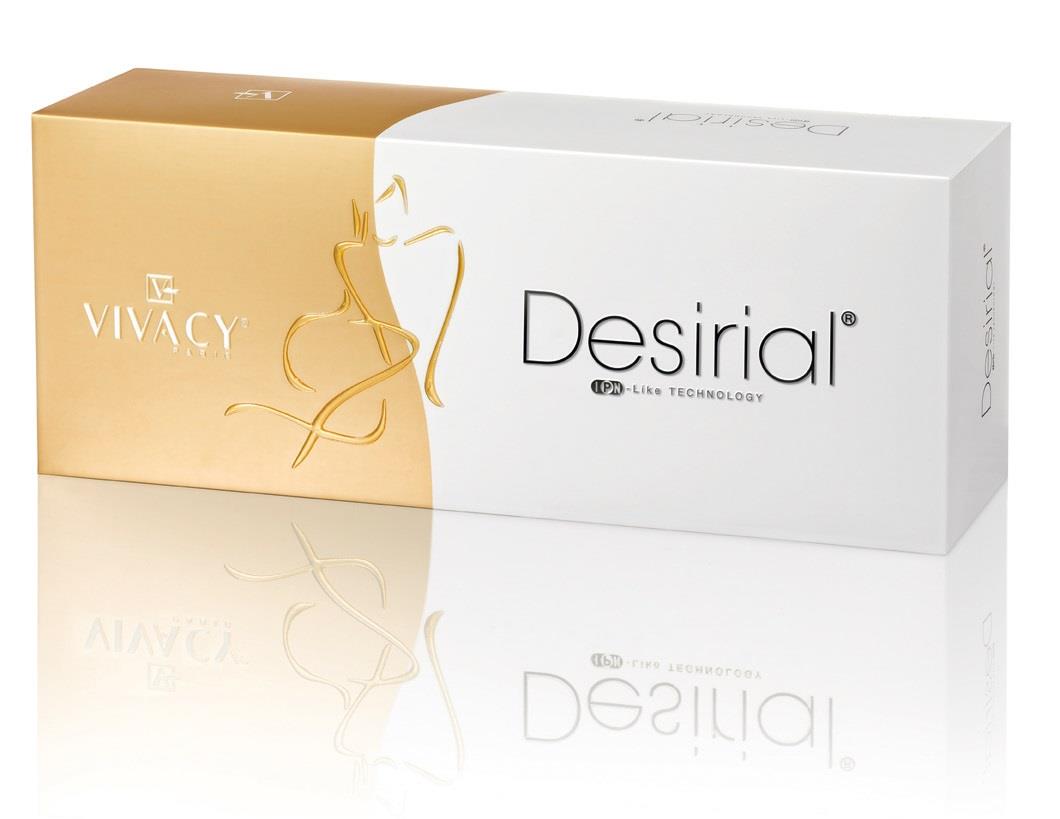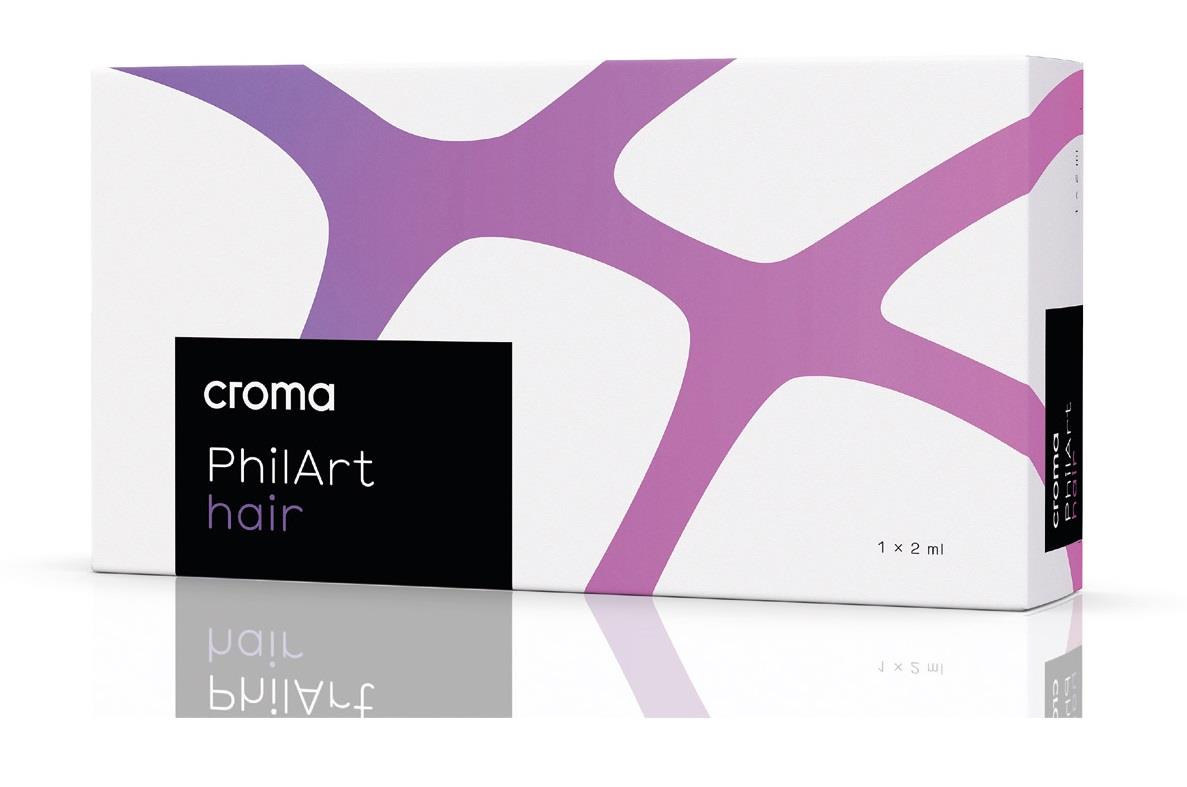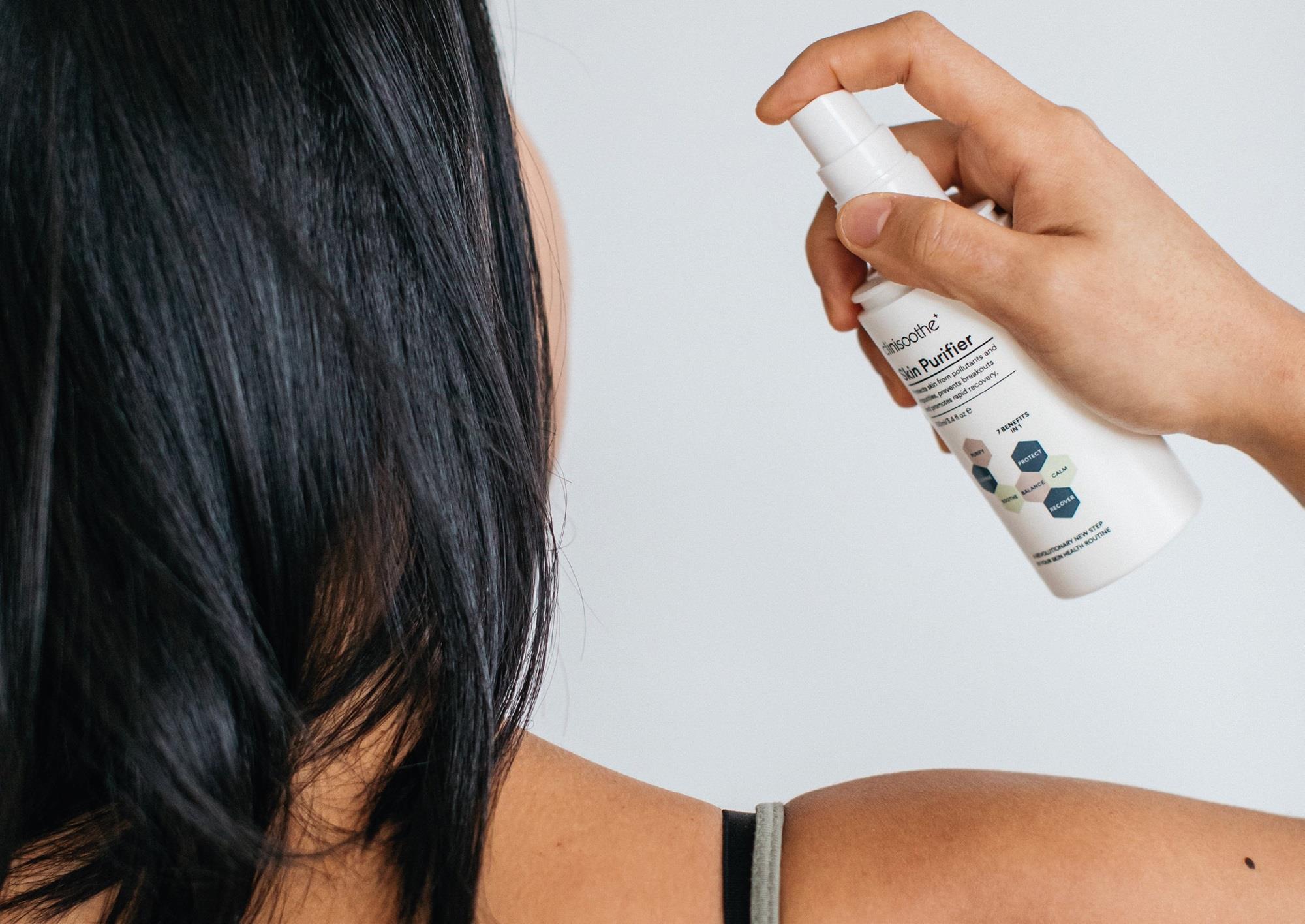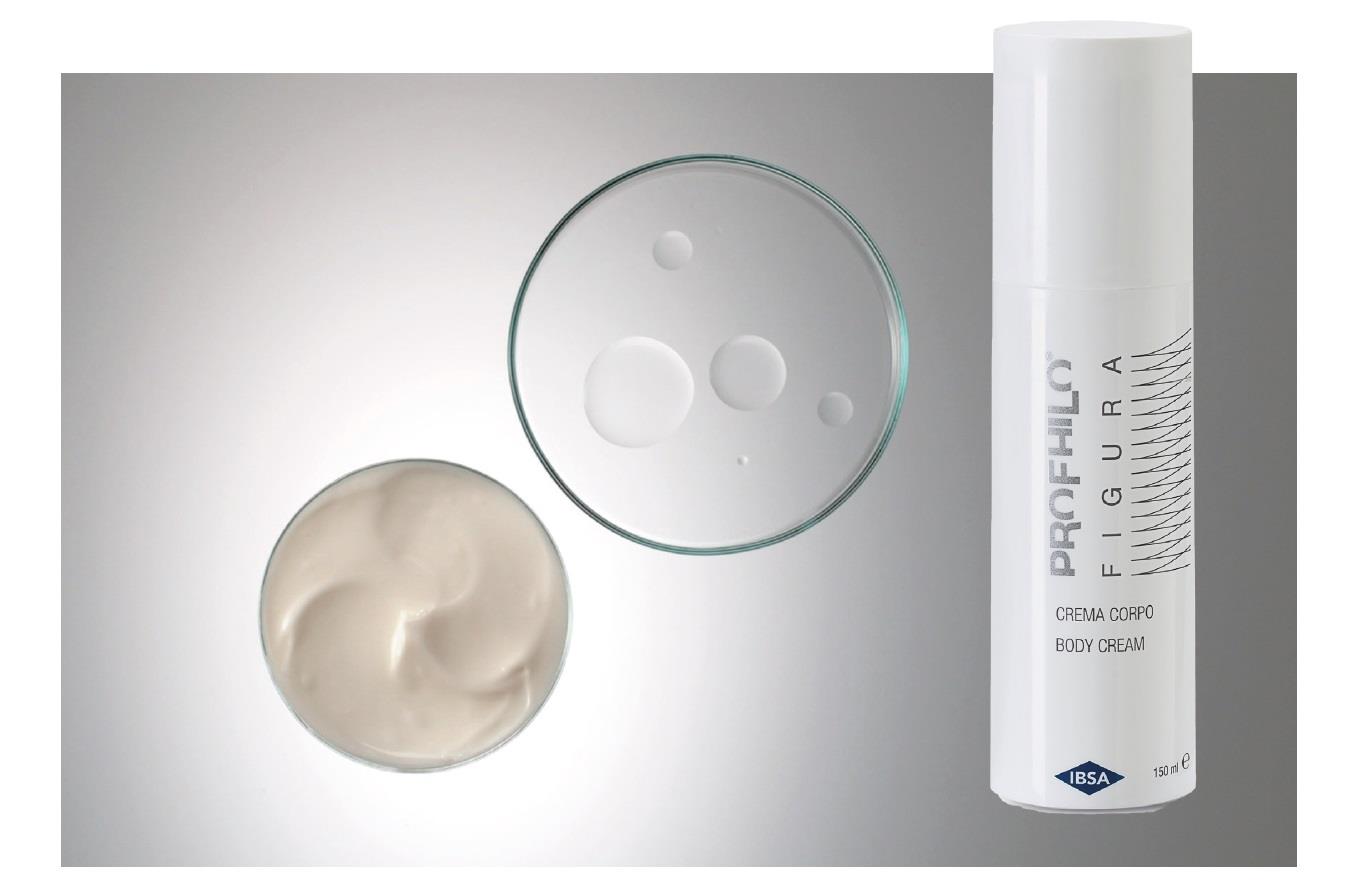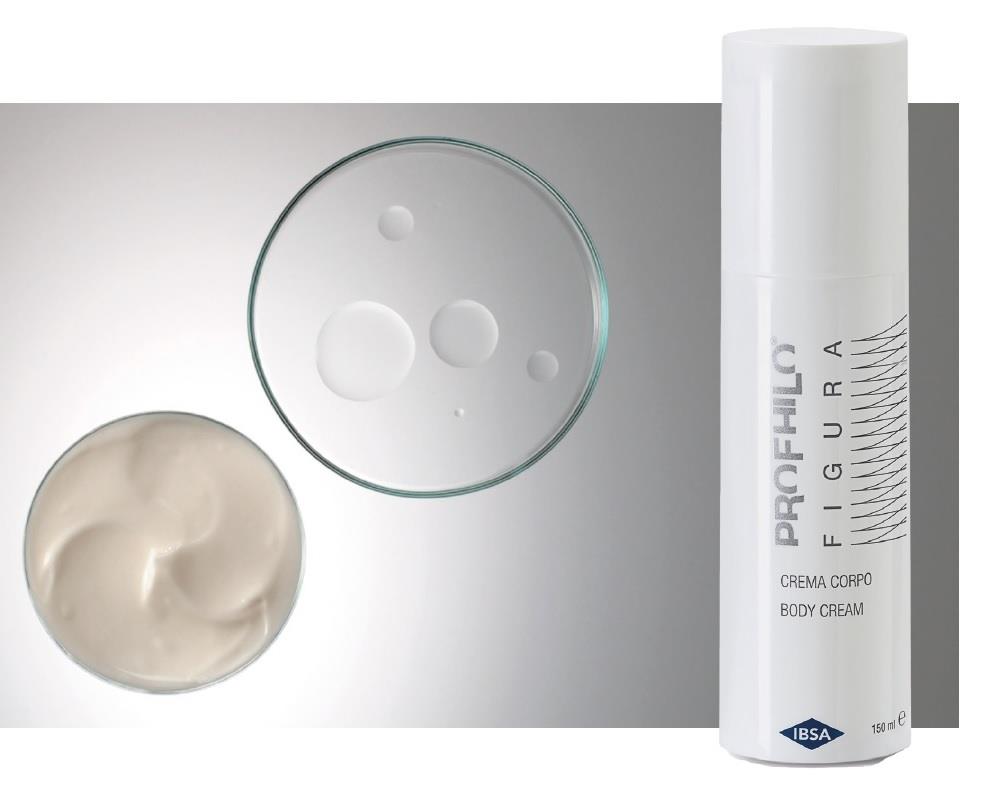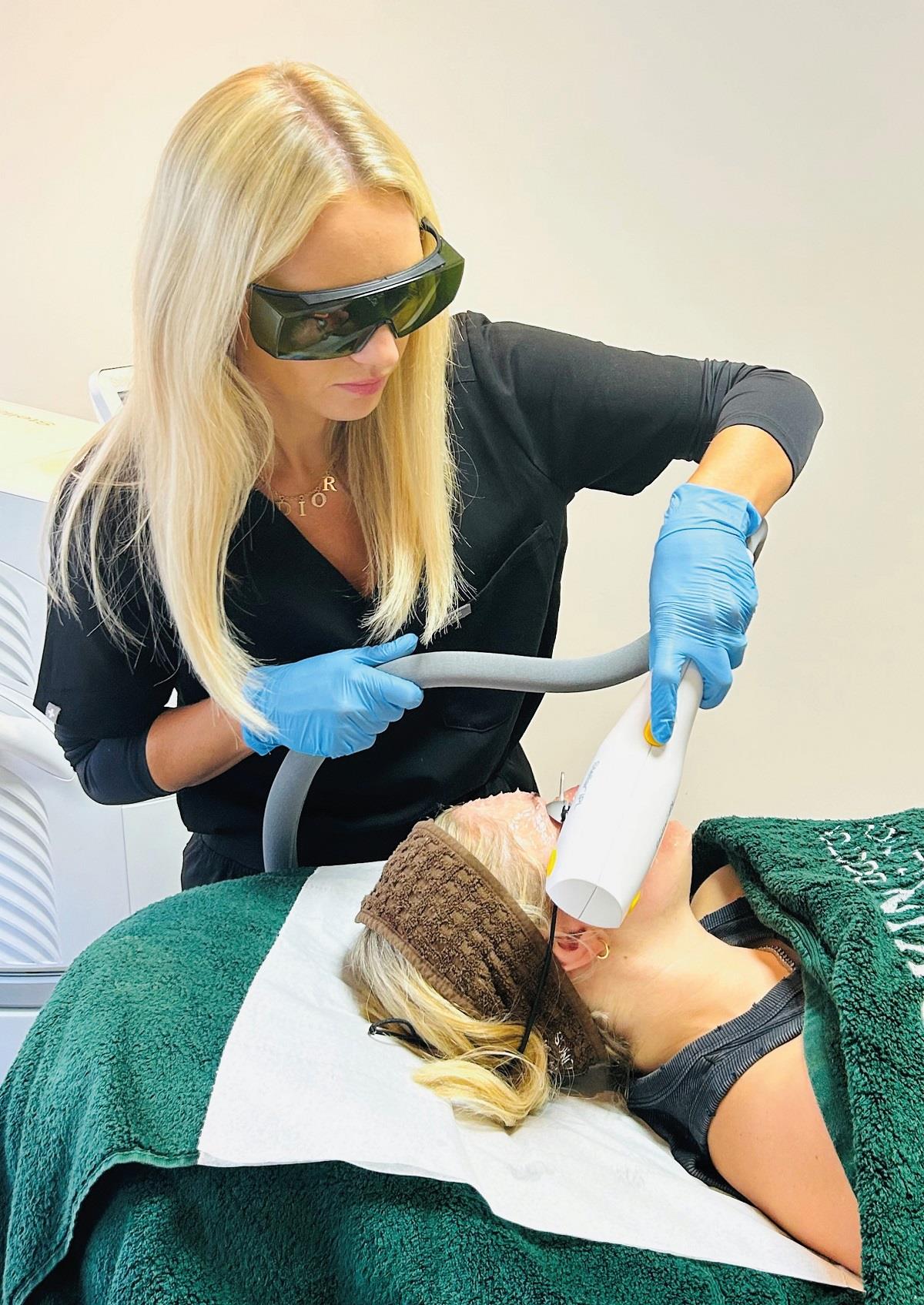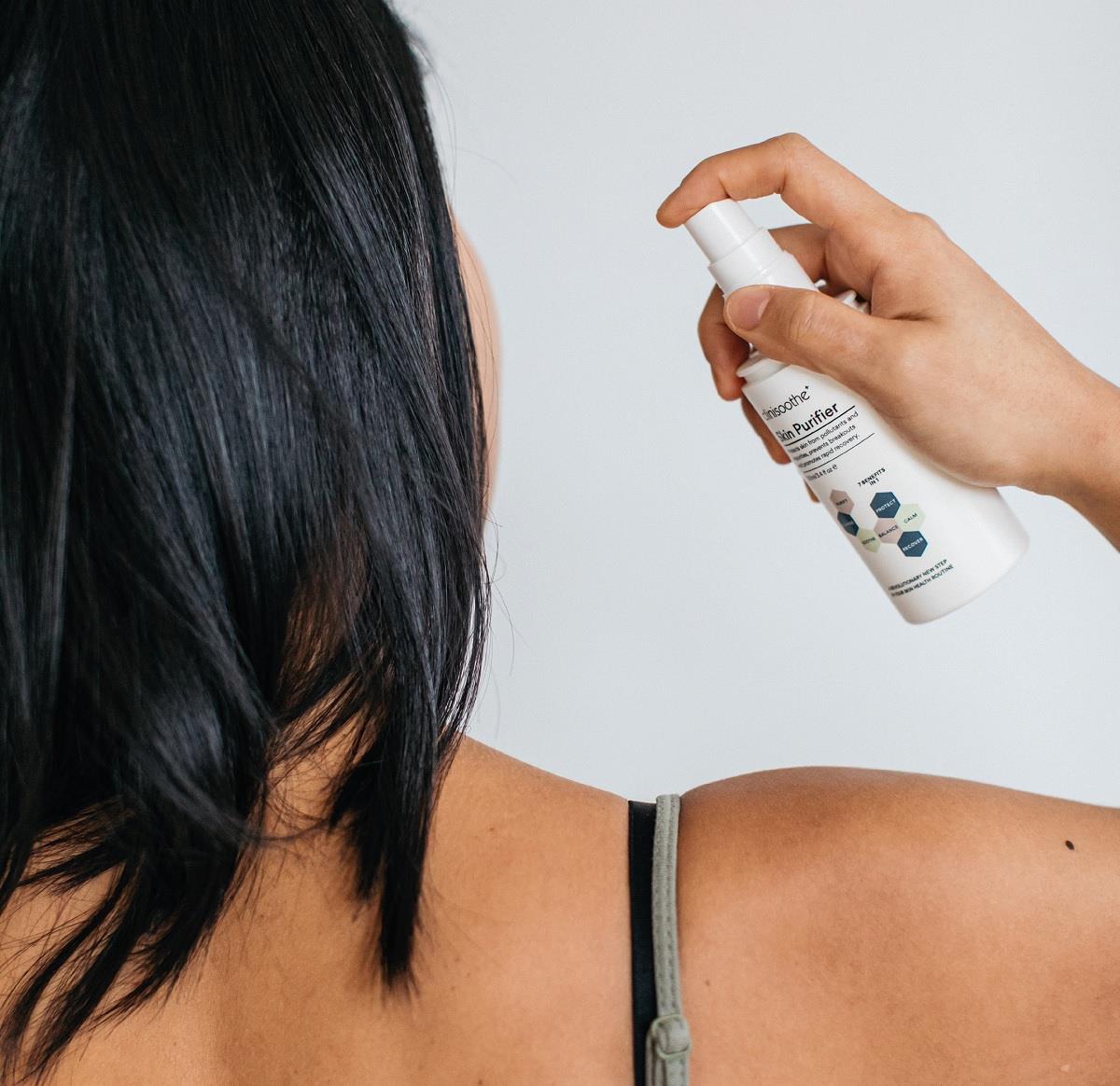
"I'll be running a course on injection anatomy and one on aesthetic medicine complications—email training@wigmoremedical.com to find out more"
Why is education so vital in this specialty?
Aesthetic treatments are a medical specialty and should be treated as such. Continued professional development is one of the key pillars of clinical governance in the NHS and it shouldn't be any different in the private sector. We need to ensure we keep our patients safe and ongoing training goes hand in hand with patient safety. I think we have a duty to keep learning, carry out research whenever we can, and come together to exchange our knowledge for the betterment of this specialty.
Why are you excited to work as lead clinical trainer at Wigmore?
I'm thrilled because Wigmore was one of the first distributors I signed up with. I then did the ZO Skin Health training and I order 90 per cent of my supplies from Wigmore. To be offered the role as lead clinical trainer is really humbling for me because it means that I've been given the opportunity to give back to an organisation that has given me a lot of their time, and support over the years. It’s also a phenomenal opportunity to reach more people with my style of education and training and help to ensure that we're in line with the latest international scientific discoveries and advancements in the of aesthetic medicine, and that our education offering is of the highest calibre.
What can delegates expect?
To start, I'm going to be running two courses. One will focus on injection anatomy, where I will cover clinically relevant head and neck anatomy from the point of view of a medical injector. Details I wish I'd known before I started injecting, as you'd be surprised how shockingly poor the anatomy element of training courses are. My course will get everyone up to speed on the most common clinically relevant aspects of facial anatomy to improve clinical outcomes and patient safety. My other course will
cover all types of aesthetic medicine complications. From delayed onset nodules and vascular occlusions to allergic reactions and burns, I’ll share how to manage and treat thesesituations.
What are your aesthetic specialties?
I'm a holistic practitioner who offers a full-face approach. I rarely have people coming to me asking to freeze or fill specific areas, but rather my patients are looking for a facial refresh and this is best done by way of a full-face approach. I look at the unique nuances of the facial ageing process, and my work is never cookie cutter. Every single patient is different, but my philosophy remains the same, ‘you have to tighten the pillowcase before you add the stuffing.’ I treat each layer of the face differently—the muscular layer will need something different to the fatty layer, which will need somethingdifferent to the bone, which will need something different to the skin. I manage all of those elements with devices, peels and skincare before using any injectables—which I view as icing on a well-made cake.
What are you doing with injectables that others aren't doing?
I think that we are hitting a new chapter in medical aesthetics and that is the chapter of visualisation. I along with only around two per cent of injectors in the UK have invested in ultrasound, but I’ve done so because I believe it’s the way forward. It allows me to see my patients vascular pattern, so I’m able to map the patient out before I touch them. I can also see if they have any abnormal anatomy so I can avoid those areas or treat them differently, and all this all takes less than five minutes.
What are your top tips for delegates when it comes to injecting fillers and toxin?
In-depth consultations are key—not only so you take the time to really study your patients face but so you can also have an open and honest conversation about expectations and the journey they will take with you. It also allows you the time to share images of your work, and to ensure your philosophy and approach suits the patient.
What are your emergency tips for when something goes wrong?
Like all practitioners I’ve had things go wrong in clinic, and while it’s easier said than done, it’s really important to keep calm. When you’re panicked, it’s hard to think clearly and you can forget even the basics. I also think it’s wise to have an emergency call sheet of peers in your network who have different specialities, or experience dealing with complications. That way you can call them for advice and help in planning a course of action to treat the complication.
What are you most excited about when it comes to the latest advancements in aesthetic beauty?
We’re seeing a move away from dermal filler being used for what seems like almost everything. Instead, practitioners are catching on to the fact that devices can be incredibly powerful tools. In the next five to ten years, I think more people will offer a wider choice of devices like I do now, and that the best results will be seen in patients who have had combination treatments.
 Dr Raj Thethi is an experienced and meticulous aesthetic doctor and aesthetic trainer, who completed medical school at The University of Leeds in 2013. His passion for anatomy led him down a surgical career path, and he completed his core surgical training, Bachelor of Medicine and Surgery and First Class Honours degree in Anatomy at the University of Leeds. Thethi is also a member with the Royal College of Surgeons of Edinburgh.
Dr Raj Thethi is an experienced and meticulous aesthetic doctor and aesthetic trainer, who completed medical school at The University of Leeds in 2013. His passion for anatomy led him down a surgical career path, and he completed his core surgical training, Bachelor of Medicine and Surgery and First Class Honours degree in Anatomy at the University of Leeds. Thethi is also a member with the Royal College of Surgeons of Edinburgh.
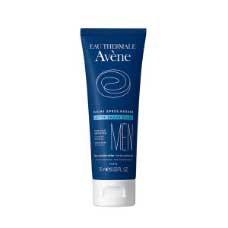
 Added to basket
Added to basket

 Unapplied Changes
Unapplied Changes


